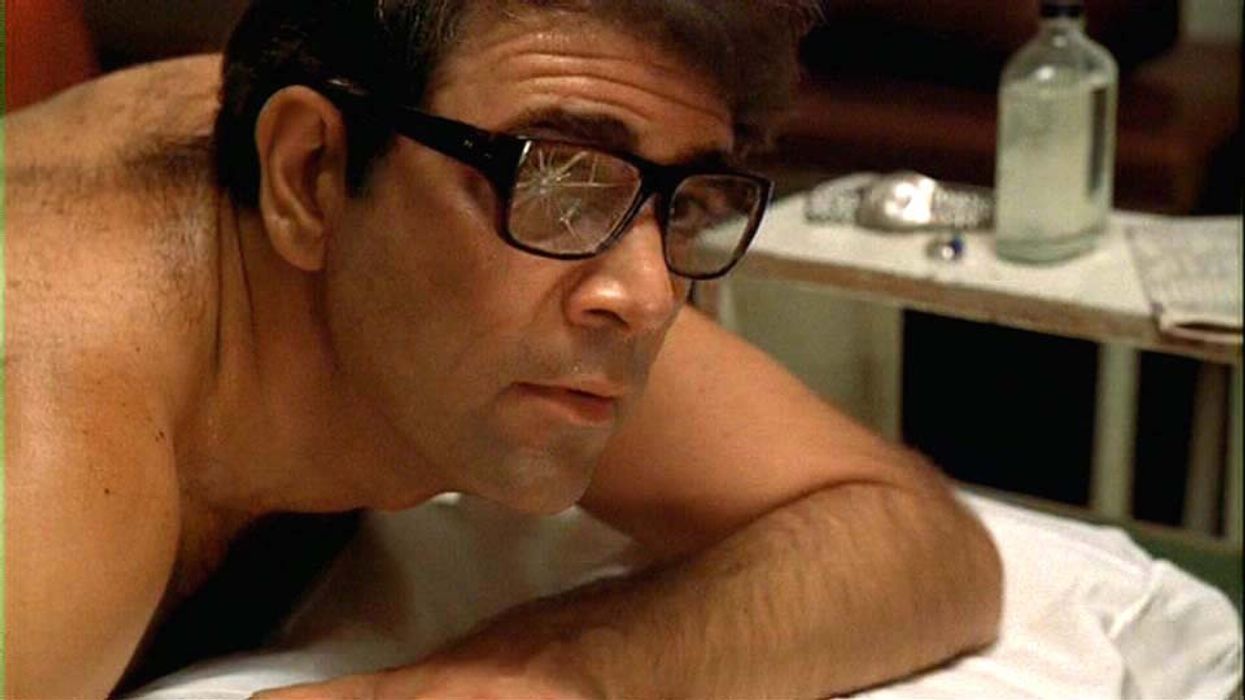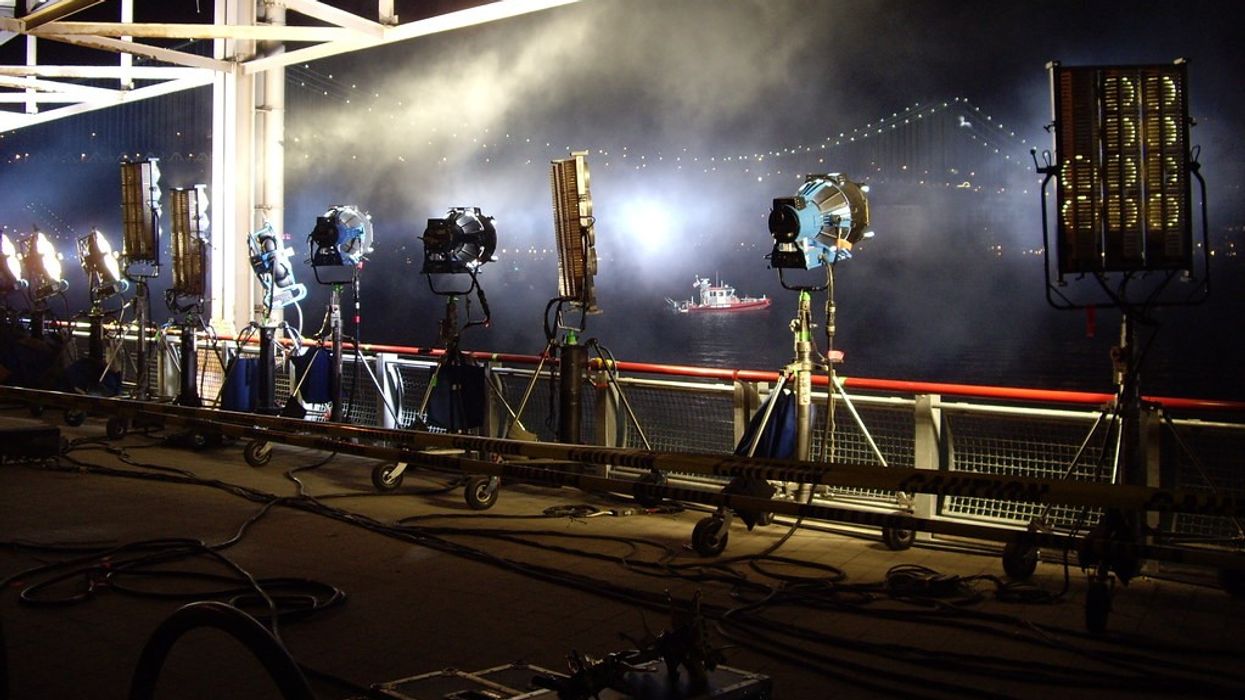Eleven Ways to Create a Montage to Remember
Montages are a great storytelling device that can leave a lasting impression on your audience.

Everybody loves a good montage scene. From Rocky to The Godfatherto the heart-wrenching opening of UP and many more in between, a montage can serve many different purposes to create tension or just pure comedy. Whatever the use is for a montage in a project, there are certain elements that can elevate a montage.
Montages are effective because of their ability to tell a necessary storyline in a short amount of time. They last for only a few moments before the story returns to its normal pacing. It’s important to remember why you are using a montage in your project before putting it into the final cut. Here are eleven tips and tricks to elevate and add depth to your next montage.
Tell a highly compressed story. The best montages take us through a story of short moments in an even shorter amount of time. These stories are typically told in a linear timeline to show the audience how much has changed from the start to the end of the montage. When planning your montage, create the beginning and ending before making a plan of how the story will get from point A to point B.
Use interesting visuals. Images are still powerful even if they are shown for a brief moment. Each image used in a montage should give the audience information as well as impact the story. Try using different angles to convey the emotional impact of the visuals.
Play with movement. Always be aware of how the camera movement and the character’s movements work together in the frame. Having the footage flow together visually can direct the audience’s eyes wherever you want. Movement can push the story further when the movement and composition are matched.
Don’t be afraid to use some basic visual effects. Using a double exposure effect or dropping out the opacity of a shot is an easy way to give extra depth to a montage. You can place a shape in the frame, then fly through the hole it creates in the scene to transition between clips. You can also use an object that passes in front of the frame for an invisible cut to swiftly switch between shots.
Use music that works with the montage. Find a song that matches or contradicts the actions on screen. Songs with emotional, instrumental swells are great for building tension in dramatic scenes.
Try adding narration if needed. Narration can be added over or without music in a montage. A voice can be used to push the movement of the scene forward or fill in the audience with any missing details. Be careful to not rely on the narrator to do all the heavy lifting of a montage.
Tell multiple stories through cross-cuts. You can take any scene that isn’t exciting and tie it together with another story that is much bigger and more dramatic. The two stories do not have to contrast each other. It’s about the relationship you want to show between the two scenes.
Repeat the same thing over and over again. Repetition drives home the idea of existential dread and drama for the audience watching a character do the same thing over and over again.
Montages don’t have to be so serious. A joke in a montage can vary from slapstick to meta to pure nonsense. The key is in the number of jokes in the montage. Use every inch of the frame to share visual information to help the joke land and don’t be afraid to add a non sequitur to force the audience to pay closer attention.
Experiment with new techniques. The first rule to filmmaking is that the rules are made to be broken. Once you are familiar with the usual beats of a montage, flip them to make the scene something else. Subvert a montage by breaking the fourth wall or how the montage affects the overall story.
Don’t make the montage too long or too short. Montages are powerful because they are short and sweet. They deliver the most information as quickly as possible to not waste any time.
Montages are fun to create and watch due to the rapid storytelling they achieve. The chances are that the more fun you have making the montage, the more fun audiences will have watching it. Don't be afraid to be over-the-top or experimental with your montage as long as it is still grounded in the story you are telling.
What are some of your favorite montages in TV or film? Let us know in the comments below!
Source: Pond5











